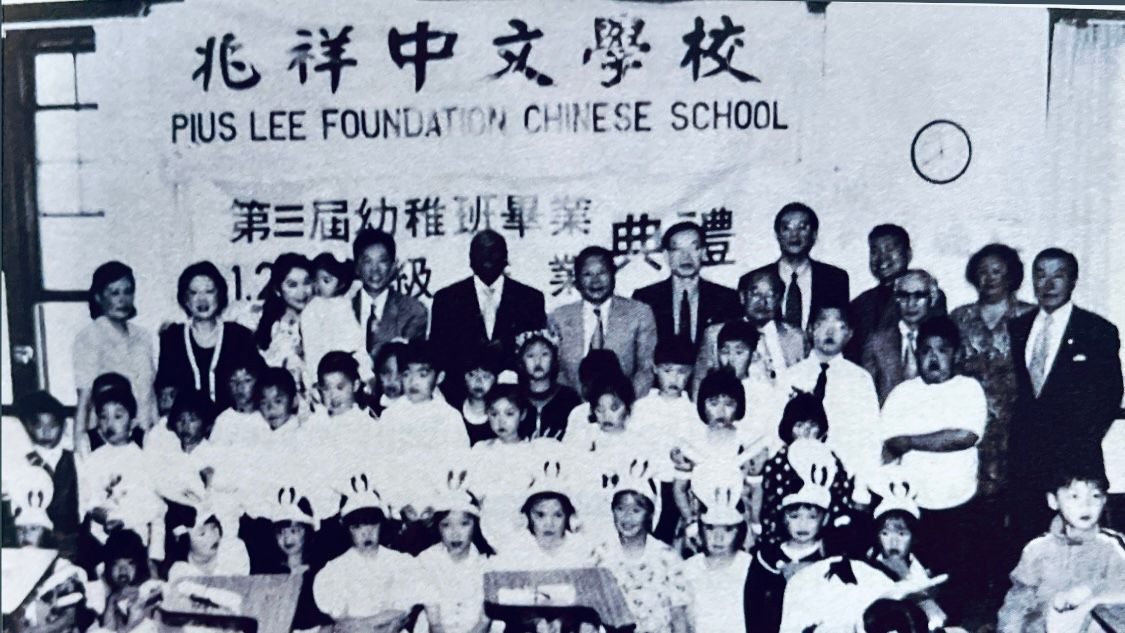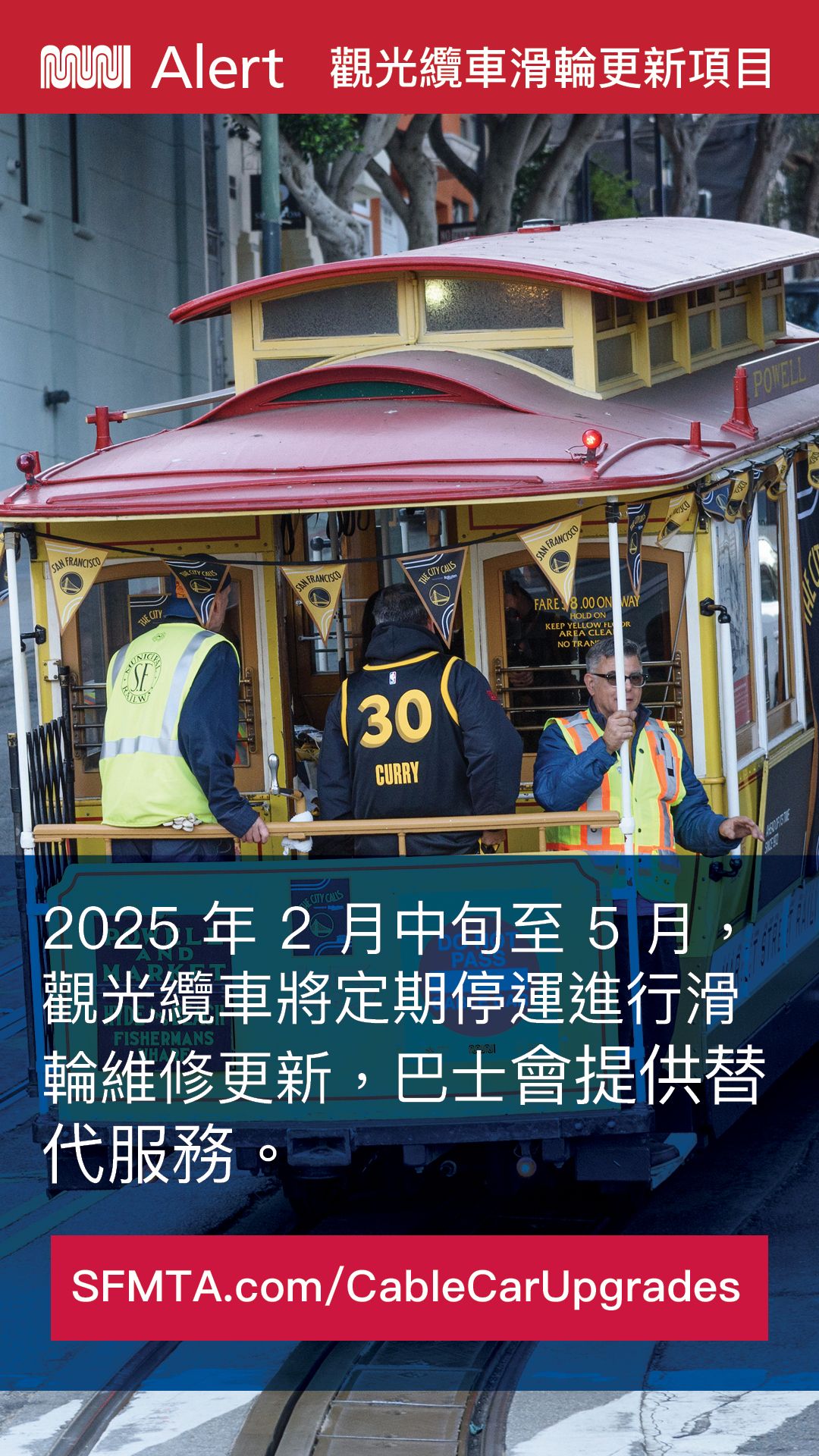Converted properties, created job opportunities - 6 Decade in a Glimpse (Pius Lee Autobiography 3)

Chapter 5: Converted properties, created job opportunities
Since 1968, I have been in the real estate business for 54 years and completed countless property transactions. My experience in four of these property investments are worth sharing with those who have the means and may plan to invest in commercial properties.
The first property was at 1247-1251 Stockton Street, which was the Times Theatre. In 1975, the previous owner paid $150,000 for the property. Six months later, it was put on the market. The theatre still had a nine-year lease and the monthly rent was $1,000, putting off potential buyers.
I had confidence in the development potential in this area. It was ideal for a conversion project for commercial leasing purposes as tax deduction. At the time I did not have enough cash, not only did I borrow money from the bank, I also got a second loan from the seller to support the sale.
After negotiation, the owner agreed to sell the building for $250,000, and he agreed to give me a second loan. I successfully bought the property. The seller made $100,000 profit in only half a year. Although the income generated from the property was not enough to cover my expenses, the property allowed me to file for tax deduction.
After the lease expired, I converted the theatre into three stores, and made good income, over $200,000 income per year.
The second property is a commercial building at 850 Stockton Street on Clay Street. It was where Celadon Restaurant was located. I converted four stores on Stockton Street, and one store on Clay Street. The previous owner, an Italian, paid $900,000 for the property through auction.
When he sold it, he wanted $500,000 profit from the deal. I accepted the offer, but I asked for a $250,000 second loan from him. In the end, I bought the building for $1.4 million. I quickly converted the restaurant to four commercial stores on Stockton street and one store on Clay Street. I refinanced with the bank to pay off my second loan. Overall, I made good income from the deal.
In 1997, I made a joint investment with some friends for a three-story building at 900 Stockton Street. It was an over 75 years old building, which occupied the Old St. Mary's Chinese Catholic Center and Chinese school.
At the time the church did not want to pay for the earthquake retrofitting and decided to sell the building, this building did not have commercial units, which meant that there was no income potential. No buyer would be interested to invest.
I applied for a permit to create seven commercial stores, a small shopping mall, and 17 units. In the building on Clay Street, there were Wu Yee Child Care Center and City College on the 2nd and 3rd floors.
After the project had been completed, all the commercial units had been rented out. The investors had stable incomes and were rewarded accordingly. In about 2008, I got a new loan of $1 million to pay off investors cash down payment.
By using the same principle of retaining the building's exterior, I basically copied my successful experience three years ago at the 850 Stockton Street project that was to knock out the wall on the ground floor and convert an indoor exercise court into a commercial unit, keeping the same level on the sidewalk.

After completion, the ground floor would have seven stores on Stockton Street and an indoor mall space which accommodated 18 mini units, a child care center, and a children playground on the rooftop.
When I bought the 900 Stockton Street property, the City College was located at 882 Clay Street from 1997 to 2009. I rented the second and third floors on Saturdays and Sundays from the City College and founded the Pius Lee Chinese School at 882 Clay Street. So that the new generation of Chinese Americans would be able to learn the Chinese language and culture.
I also offered free citizenship classes, helping new immigrants learn English skill and assimilate into the society as quickly as possible, until 2009 when the new Chinatown/North Beach new campus opened on Kearny and Washington Streets.
The San Francisco City College bought two buildings on Columbus and Washington Streets which were out of consideration because the building were considered historical therefore the building could not be turned down.
The only two locations that could be developed as a Chinatown campus were my small outdoor parking lot and one big parking lot at Kearny and Washington Streets (owner lived in Taiwan).
In around 2006, I worked with several clients from Taiwan and I convinced them to sell their parking lot with more than 20,000 square feet, including my small parking lot at Washington and Kearny Streets, to the City College for the best interest of the Chinatown community.
In 2009, the City College Chinatown/North Beach campus was completed. Lawrence Wong, President of the Board of Trustees, presented a certificate of appreciation to me for my role in seeking a school site for the college.
In 2002, my partnering team and I developed a fourth project at 965 Geneva Avenue at 888 Paris Street, a large commercial building. It was a theatre. The plan was to convert the building into triple applications, ground floor commercial space with triple office and residential units upstairs. The application process faced many hurdles. We worked extremely hard to get the permit.
In 2005, the well-known pharmacy and grocery chain store Walgreen and the Chinese Hospital clinics moved into this converted building and have been in business to this day, providing great conveniences to the community residents.
The four classic examples of commercial conversion successfully created small businesses and increased job opportunities, provided convenience for local shopping, and created high returns for shareholders in the investment.
Also, among the property transactions that I was involved in, as a real estate broker, some of them were fairly well-known buildings, such as: China Live on Boardway Street, (formerly known as the Gold Mountain Restaurant), the Lippo Bank on Grant Avenue and Sacramento Street, (I sold the building to Do Lan, the Buddhist priest, with the second floor being the Buddhist temple, and also I sold the Great Star Theatre and Grand View Theatre both on Jackson Street.
( To be continued in Issue 189 )
Editor's Note: Community leader Pius Lee retires in 2024 after advocating for the community in many ways for 60 years. He has recently released his autobiography book, 6 Decades in a Glimpse, as his personal memoirs for his friends and families, not for sale. Mr. Lee shares his book with community members to be reprinted in Wind Newspaper's weekly issues starting #186 in April 2024.
- Mayor Lurie announces plans to support small businesses including First Year Free program waiving fees for new businesses
- 12 speed safety camera systems out of 33 begin to operate in San Francisco by first issuing warnings instead of citations for 60 days
- Taipei Economic and Cultural Office extends services with opening of its permanent home in San Francisco
- Zu Shun Lei, 90, publishes his comic books to bring joy and laughter into the community
- Prop K opponents sue to stop permanently closing Upper Great Highway for an oceanfront park
- A single family home in hoarding on fire and complained by neighbors prior
- 11 individuals related to 5 Asian food markets in San Francisco charged with felonies for defrauding SNAP/EBT (food stamps program)
- NAPCA Column 15: 2 important Medicare enrollment periods to end on March 31, 2025






